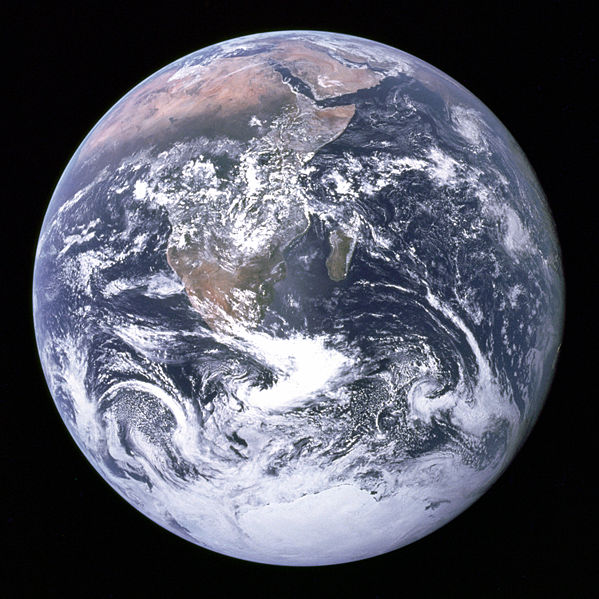[/caption]What is the atmosphere? It is only the thing that keeps you from being burned to death every day, helps to bring the rain that our plants need to survive, no to mention it holds the oxygen that you need to breath. Essentially, the atmosphere is is a collection of gases that makes the Earth habitable.
The atmosphere consists of 78% nitrogen, 21% oxygen, 1% water vapor, and a minute amount of other trace gases like argon, and carbon monoxide. All of these gases combine to absorb ultraviolet radiation from the Sun and warm the planet’s surface through heat retention. The mass of the atmosphere is around 5×1018kg. 75% of the atmospheric mass is within 11 km of the surface. While the atmosphere becomes thinner the higher you go, there is no clear line demarcating the atmosphere from space; however, the Karman line , at 100 km, is often regarded as the boundary between atmosphere and outer space. The effects of reentry can be felt at 120 km.
Over the vast history of Earth there have been three different atmospheres or one that has evolved in three major stages. The first atmosphere came into being as a result of a major rainfall over the entire planet that caused the build up of a major ocean. The second atmosphere began to develop around 2.7 billion years ago. The presence oxygen began to appear apparently from being released by photosynthesizing algae. The third atmosphere came into play when the planet began to stretch its legs, so to speak. Plate tectonics began constantly rearranging the continents about 3.5 billion years ago and helped to shape long-term climate evolution by allowing the transfer of carbon dioxide to large land-based carbonate stores. Free oxygen did not exist until about 1.7 billion years ago and this can be seen with the development of the red beds and the end of the banded iron formations. This signifies a shift from a reducing atmosphere to an oxidizing atmosphere. Oxygen showed major ups and downs until reaching a steady state of more than 15%.
The Earth’s atmosphere performs a couple of cool optical tricks. The blue color of the sky is due to Rayleigh scattering which means as light moves through the atmosphere, most of the longer wavelengths pass straight through. Very little of the red, orange and yellow light is affected by the air; however, much of the shorter wavelength light(blue) is absorbed by the gas molecules. The absorbed blue light is then radiated in every direction. So, no matter where you look, you see the scattered blue light. The atmosphere is also responsible for the aurora borealis. Auroras are caused by the bombardment of solar electrons on oxygen and nitrogen atoms in the atmosphere. The electrons literally excite the oxygen and nitrogen atoms high in the atmosphere to create the beautiful light show we know as an aurora.
The atmosphere is divided into 5 major zones. The troposphere begins at the surface and extends to between 7 km at the poles and 17 km at the equator, with some variation due to weather. The stratosphere extends to about 51 km. The mesosphere extends to about 85 km. Most meteors burn up in this zone of the atmosphere. The thermosphere extends up to between 320 and 380 km. This is where the International Space Station orbits. The temperature here can rise to 1,500 °C. The exosphere is the last bastion of the atmosphere. Here the particles are so far apart that they can travel hundreds of km without colliding with one another. The exosphere is mainly composed of hydrogen and helium.
Check out the NASA page about the Earth’s atmosphere. Here on Universe Today we have a great article about an alternative idea about the atmosphere’s origin. Astronomy Cast offers a good episode about atmospheres around the Universe.

